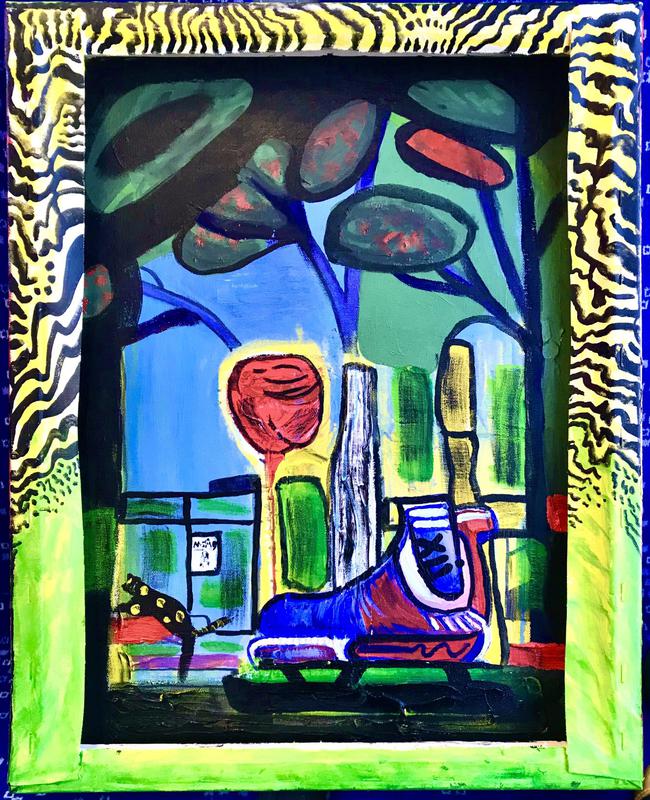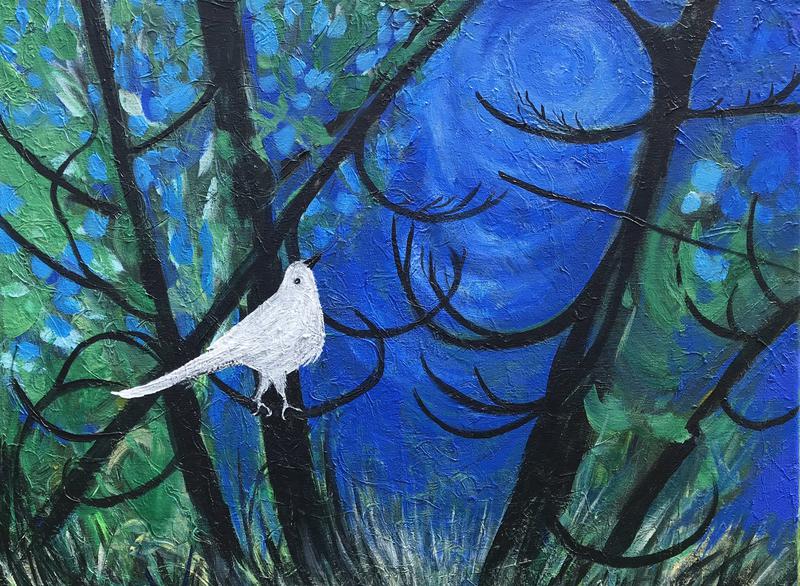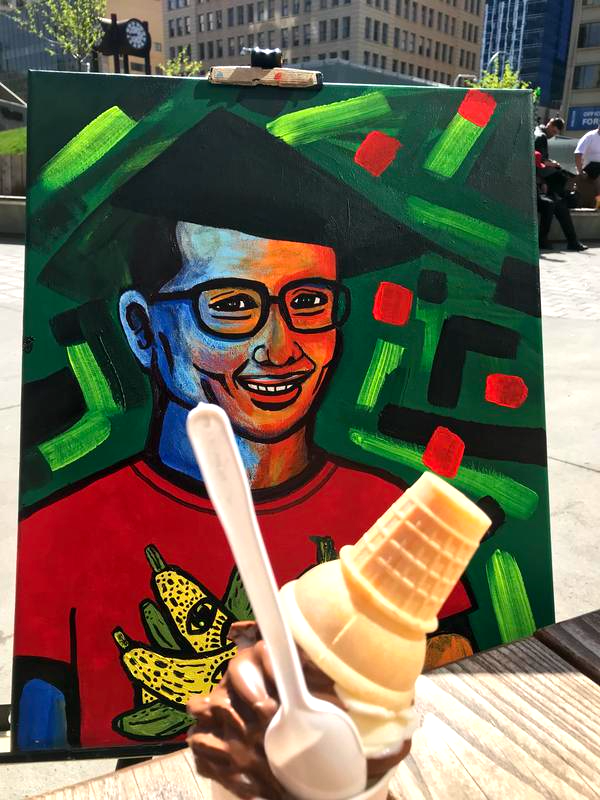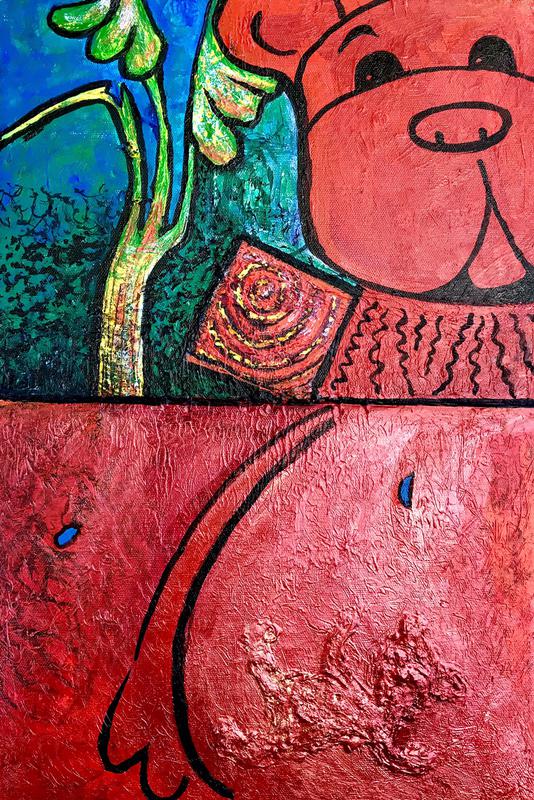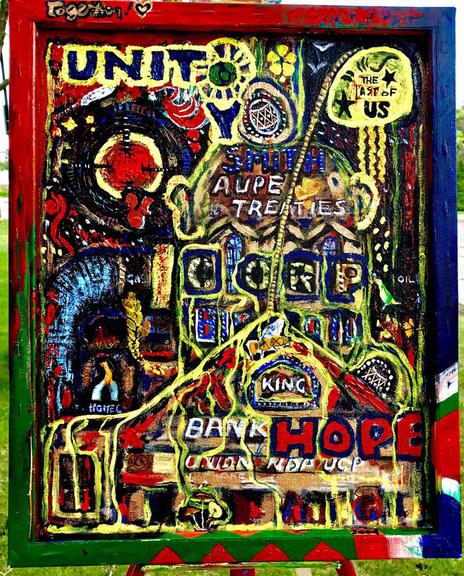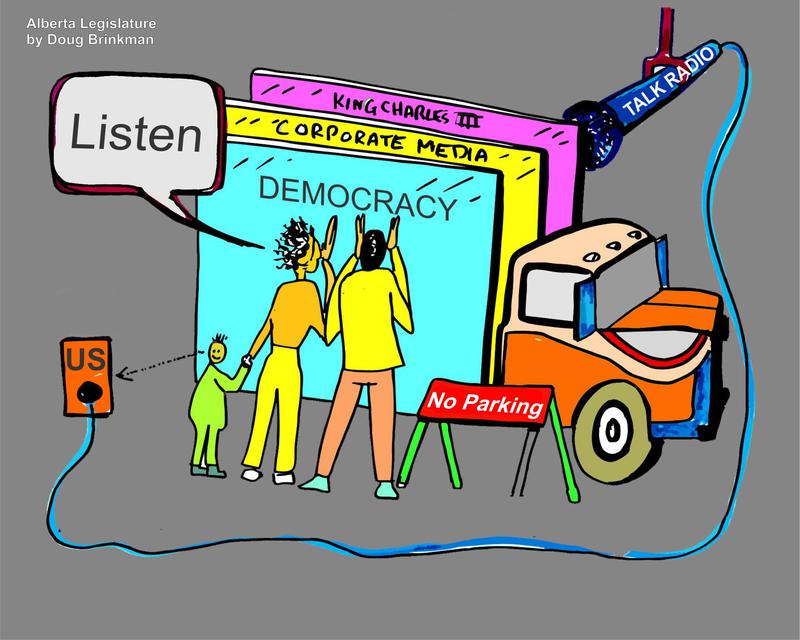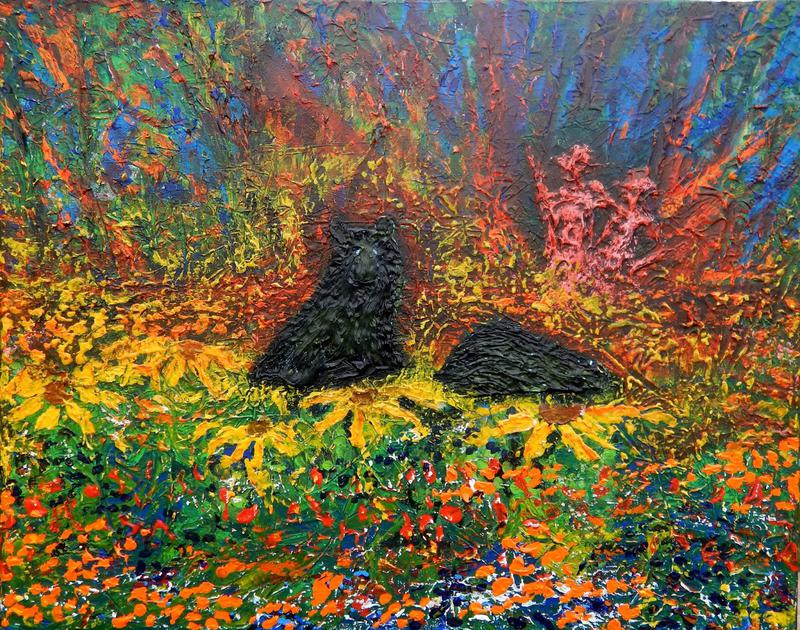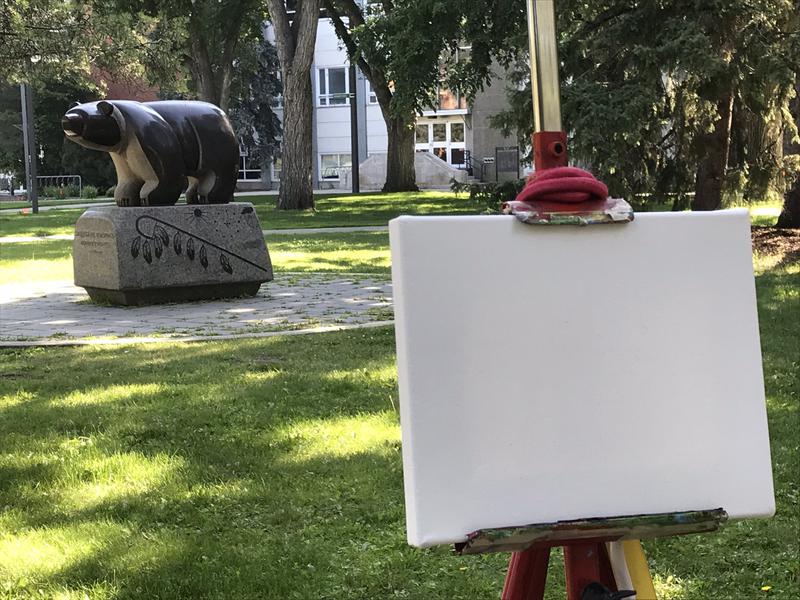Art is Freedom
XLife 2025
Tribute to Fashion Designer Virgil Abloh
Freedom Fighter Dennis Edney
Freedom to Express and Listen
Doug Brinkman on X
Birds of a Feather art project
Art is not confined to galleries or bound by rigid interpretation—it moves through streets, public squares, and conversations, finding its audience in the flow of everyday life. It does not judge or take sides but stands as a mirror, reflecting the world in ways only the observer can define. Fate and serendipity weave themselves into the fabric of creation, guiding the brush, shaping the journey, and revealing truths long before they are spoken. To create is not to control but to trust the current, to let the unseen unfold, and to embrace the mystery of what lies just beyond the next bend.
A Point of Order, Art Show & Tell, add a little ice cream, my just reward. A young woman, lingering with a tattooed crowd in downtown Edmonton near the library, complimented my artwork. After finishing my rapidly melting ice cream in the 24°C heat, I walked over to her gang to show the backside, titled Disorder. Suddenly, a young man lunged at me. "Get the f*** away from here!" he snapped. Before I could react, the group's matriarch—Mama Tattoo—spoke up. "I like your painting," she said, her voice steady. The young man’s demeanor shifted. He looked at the artwork again, his expression softening, "That's an amazing piece of art," he said "a super talent!"
🐦 "Birds of a Feather" immediately stirs images of kinship and shared identity. The full idiom—"Birds of a feather flock together"—evokes the idea that like-minded people naturally gravitate toward one another. It’s got this cozy, tribal pull to it, as if we're all subconsciously drawn to those who reflect our quirks, passions, or worldviews. There's also a quiet undercurrent of both unity and exclusivity tucked in there—comforting when you're part of the flock, and perhaps isolating when you aren't.
⚖️ "Alpha Omega" plays in a totally different register—this one’s big, sweeping, and biblical. It refers to "the beginning and the end" (from the Greek alphabet: Alpha = A, Omega = Ω), often signifying something all-encompassing or eternal. It carries a bit of awe, honestly. It could suggest someone or something that spans the full spectrum of experience, existence, power, or understanding. There’s finality in it. A kind of cosmic punctuation mark. Together, the two phrases feel strangely complementary—one intimate, the other infinite. Like they whisper of belonging and destiny at the same time.
🐻 Urban Bear Tactics: What a Grizzly Taught Me About Street Safety in Edmonton from Experience.
Most people wouldn’t think to compare a downtown street in Edmonton to the backcountry trails of Alberta. But after years of learning bear safety advice from experts like Calgary’s Professor Stephen Herrero, I’ve come to realize something: aggressive people and misbehaving bears aren’t all that different. On July 4th, 2025, at the University of Alberta Bus Stop, that theory was put to the test.
🚨 The Encounter: It was late. I was waiting for the bus when a man approached me aggressively—his posture tense, his energy unpredictable. In that moment, I didn’t see a man. I saw a bear.
And I did what I’ve learned to do in bear country:
I stayed calm.
I spoke gently.
I backed away slowly, showing no signs of threat.
He paused. He retreated. But then, like a bear testing boundaries, he came at me again. That’s when I reached for my bear whistle—yes, I carry one in the city—and blew it hard. I shouted. The sound pierced the night, drawing the attention of nearby people. The man backed off. A crowd formed. I stepped onto the bus to safety.
🧠 Lessons from the Wild: What I’ve learned is this: survival isn’t about brute strength. It’s about awareness, calm, and the ability to read a situation without letting fear take over. Whether it’s a bear in the woods or a stranger on the street, the principles are the same:
Don’t run—it triggers pursuit.
Don’t escalate—it invites conflict.
Make noise when needed—attention is a powerful deterrent.
Have an exit strategy—and take it when the moment comes.
🛡️ Why I Share This: I’m not a self-defense expert. I’m just someone who’s learned to see the world a little differently from my hiking days. If my story helps even one person feel more prepared, more empowered, or more aware, then it’s worth sharing. So next time you walk through your city, remember: you don’t need to be afraid. You just need to be ready and aware of your surroundings.
